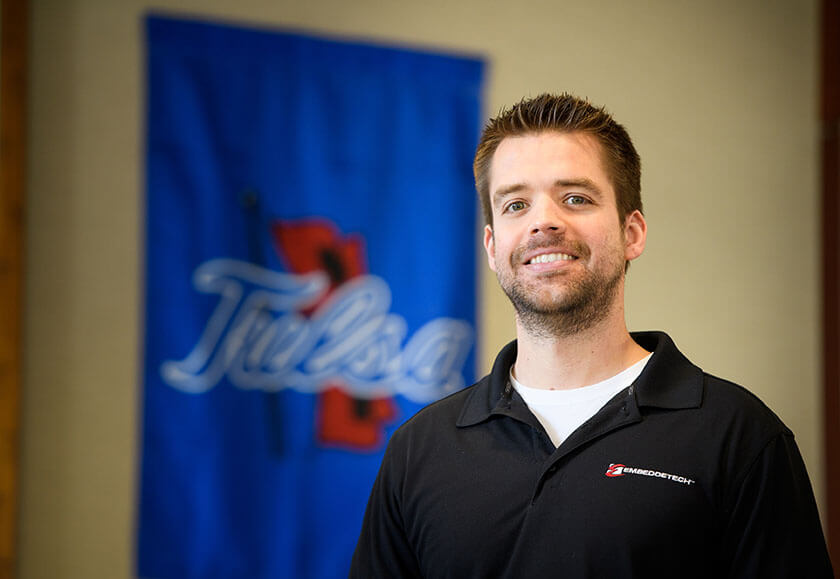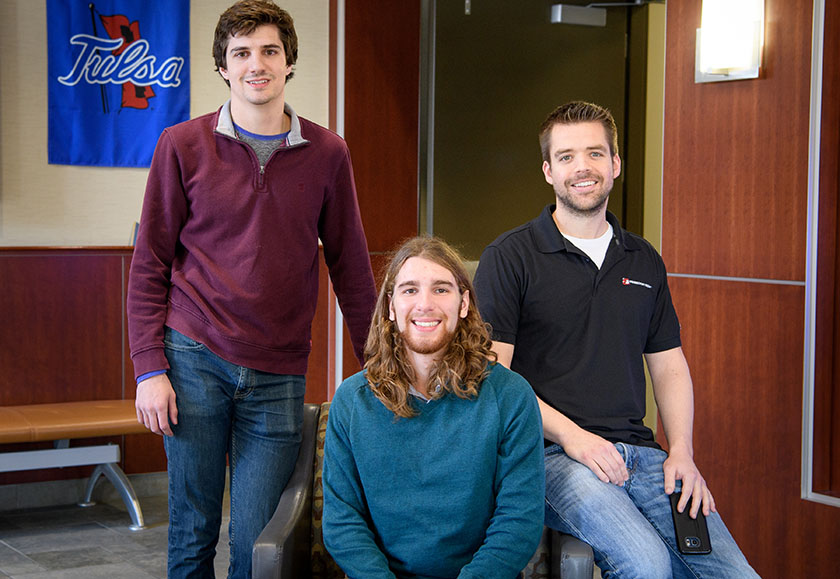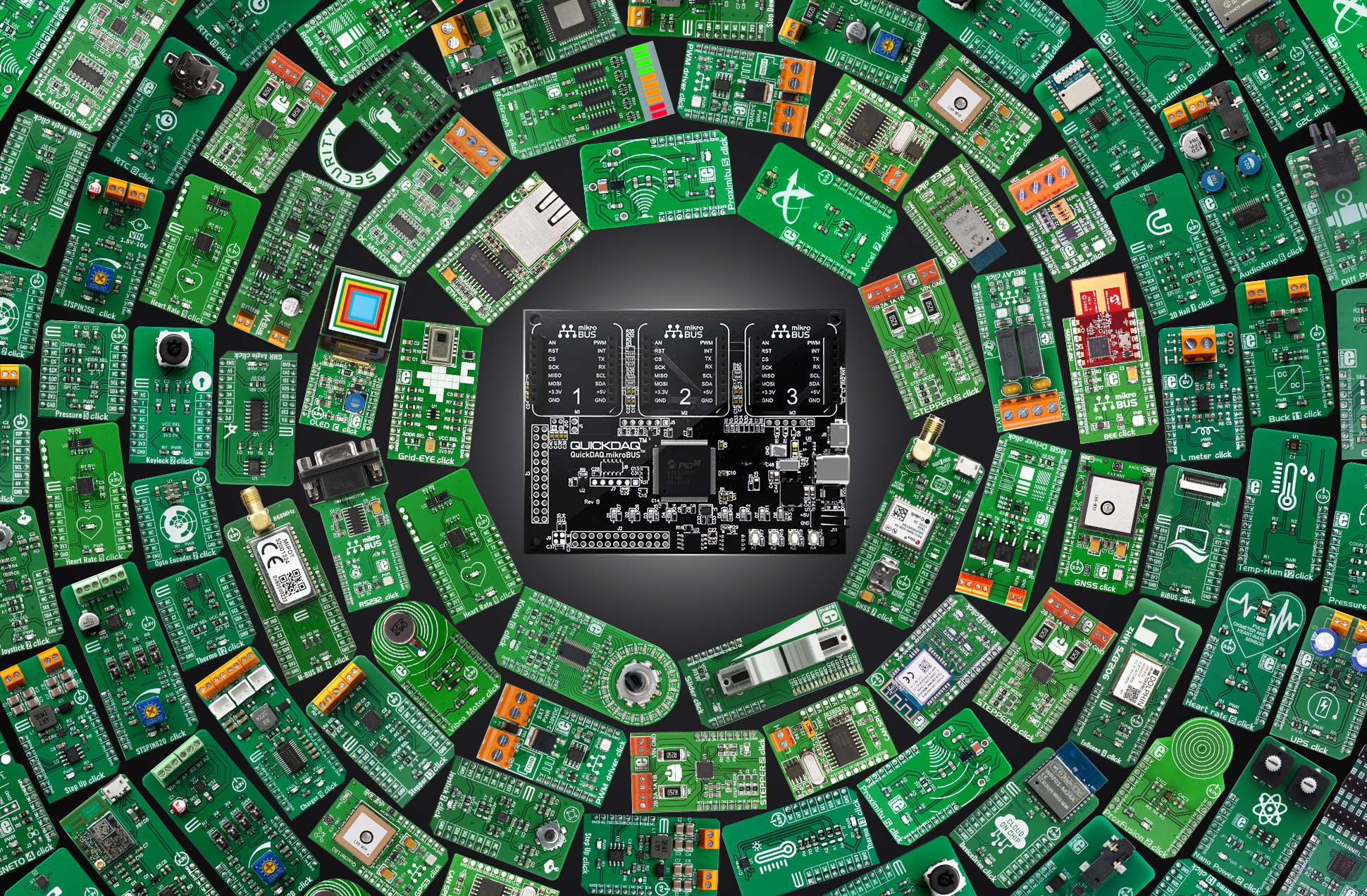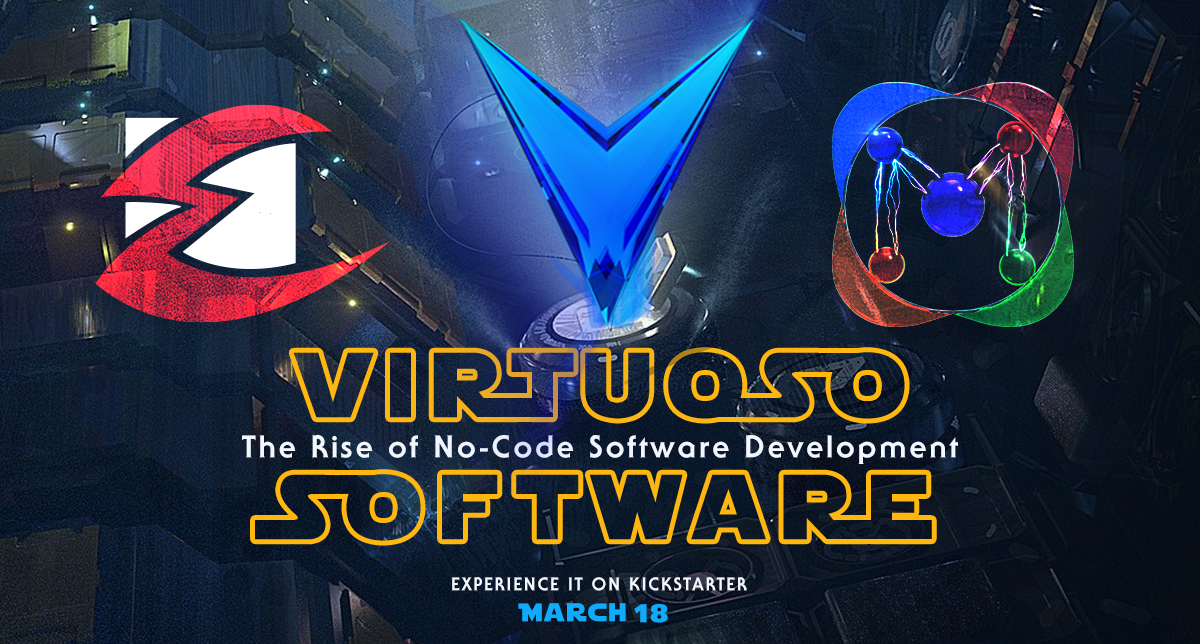by Sales Embeddetech
Share This Story, Choose Your Platform!

Jonathan Torkelson (BS ’04, MS ’04) established his own company more than 10 years ago while an intern for the Oklahoma Center for the Advancement of Science & Technology. His undergraduate research showed promise in 2003, so he took a chance and filed as Embeddetech’s sole proprietor. Today, the company is thriving as a technology design and research service for customers worldwide. Embeddetech employees range from local developers and contractors in the Tulsa area, to University of Tulsa graduates in Texas, to engineers and graphic artists in India.
Clients seeking design for custom electronics hire Embeddetech to build hardware and circuit boards from scratch. The devices include electronics and microprocessors for specific products. The company’s latest method for serving customers is a new product called Virtuoso, an embedded virtual device framework.
“Once we design circuit board hardware for an application and the circuitry all tests out, then we can start writing the software on it, Torkelson said. But this is a challenge for firmware developers if the hardware isn’t available for several months.”
Embeddetech’s solution is to virtualize the hardware with software that can run on a computer because developing with the actual hardware can be a “logistical headache” for embedded projects. “If you push the buttons on the virtual device, it functions exactly the same,” Torkelson said. “That allows us to develop and test applications in parallel with the hardware.”
Developers who design firmware to run on an embedded system need a tool to connect it to hardware, but it must be reprogrammed every time code is changed. The alternative, Torkelson said, is to increase efficiency using Virtuoso.
“With virtual platforming, you just compile and run, and you step through code immediately,”
he said.
Many of Embeddetech’s designs include a simple user interface such as a touch screen, eliminating the need for hardware. The developer can control all functions from the screen.
“We take a photo or rendering of the product and create a photorealistic virtualization of the client’s system,” Torkelson said. “The framework is all there, and we have a content library on top of that, so it’s very easy to put a touch screen on it.”
Professional developers of embedded design directly benefit from Virtuoso’s convenience and time-saving capabilities, but Torkelson also wants the framework to reach student researchers. The framework will be available to students for free in a matter of weeks.
“If you’re learning theory such as in a digital signal processing or controls class at TU, there are a lot of costs associated with getting hands-on experience, he said. But when you really apply the research –– actually implement it, understand it and see it work –– that’s when you take ownership of the project.”

-
Torkelson regularly mentors TU students.
Torkelson sits on TU’s Electrical and Computer Engineering advisory board and continues to participate in the OCAST program as a company mentor for TU students.
STAY IN THE LOOP



